
CONTENTS
 These numbers which appear on the pictures refer the reader to corresponding numbered instructions in the text.
These numbers which appear on the pictures refer the reader to corresponding numbered instructions in the text.
NOTE
While massage brings undoubted therapeutic benefits, there are a variety of circumstances when it is not recommended for particular individuals. Readers are advised to pay particular attention to the warnings given throughout the text and should consult with their own doctor if they have any doubts. The publishers do not accept responsibility for any problems arising from the misapplication of any techniques described in this book.
Roni Jay is a professional writer and editor with a special interest in mind, body and spirit subjects.
HarperCollins Publishers
Westerhill Road, Bishopbriggs, Glasgow G64 2QT
Devised and created by The Printers Devil, Glasgow
First published by Collins in 2000
Source ISBN: 9780007123032
Ebook Edition OCTOBER 2013 ISBN: 9780007556663
Version: 2013-12-02
All rights reserved under International and Pan-American Copyright Conventions. By payment of the required fees, you have been granted the nonexclusive, nontransferable right to access and read the text of this e-book on-screen. No part of this text may be reproduced, transmitted, downloaded, decompiled, reverse-engineered, or stored in or introduced into any information storage and retrieval system, in any form or by any means, whether electronic or mechanical, now known or hereinafter invented, without the express written permission of HarperCollins e-books.
HarperCollinsPublishers has made every reasonable effort to ensure that any picture content and written content in this ebook has been included or removed in accordance with the contractual and technological constraints in operation at the time of publication.
The word massage originally comes from a Portuguese word meaning to knead. Put simply, massage is the practice of rubbing or kneading parts of the body as a means of improving health. Generally, oils are used to help the hands glide over the skin; these are often scented for the therapeutic effects of the scent itself.
Massage is emotionally nourishing and soothing, and can be adapted to be either sedative or stimulating. As a sedative, it treats nervous problems such as headaches and insomnia, tension and emotional stress. As a stimulant, it can invigorate the system to alleviate fatigue and lethargy. Research indicates that giving and receiving a massage, can significantly reduce stress levels.
Massage is far more than an emotionally therapeutic exercise. It also has numerous physical benefits, and can be used to treat all sorts of physical disorders:
Digestive disorders Massage can improve the action of the colon, strengthening the muscles of the intestines and the abdomen, and relieving constipation. It helps to get the digestive juices flowing, and helps the system to absorb food after it has been digested.
Kidney problems Kidney function can be improved through massage to help eliminate waste products and toxins, and reduce fluid retention.
Reproductive problems Back and abdominal massage can help to treat period cramps, irregular periods, PMS and the symptoms of the menopause.
Respiratory disorders Regular massage increases lung activity, leading to slower, deeper breathing. Certain movements can also help expel mucus from the lungs.
Lymphatic problems As the flow of lymph is stimulated, toxins are eliminated more efficiently. Swelling around injuries is also dispersed by this process, preventing adhesions from forming. (Adhesions are caused when the fluid in a swelling is not moved, but becomes sticky and adheres to the surrounding tissues restricting movement in the affected joint.)
Circulatory disorders Massage eases the pressure on the blood vessels, speeding up the flow of blood through the system. This helps with poor circulation and strengthens the heartbeat. It can therefore help treat cardiac problems, and reduce blood pressure and heart rate.
Muscular problems Massage can be adapted according to need. Movements which relax and stretch the muscles ease cramp and physical tension, and can break down scar tissue and help eliminate toxins. Contracting the muscles through massage improves muscle tone. Stiffness as a result of overactivity can be eased with movements which relax and contract the muscle by turns.
Skeletal problems Bones are not affected directly by massage but they can benefit indirectly. Improved blood and lymph circulation leads to better nutrition for bones, and massage gives relief to painful joint conditions such as arthritis.
Skin problems Massage stimulates glands in the skin, and improves its texture, tone and condition.
Despite its many curative properties, massage is generally preferred as a preventative treatment, simply because prevention is better than cure. Regular massage which has long been the practice in many Eastern countries can significantly improve overall health as well as emotional wellbeing.
THERAPEUTIC TREATMENT
Although many professionals offer experienced massage, it is perfectly possible to learn the skills for yourself. If you practise each movement as you learn it, and gradually add more to your repertoire, you can soon learn to give a skilled and beneficial massage.
The simple act of touching another person is hugely therapeutic in itself. We all know that babies need touching and caressing according to research, most infants choose comforting physical contact in preference to food and as we grow older we still need touch to soothe and comfort us. However, we tend to touch each other less as adults, which is one reason why massage is so valuable, as a tool for giving us back the physical contact we need emotionally.
Massage is the oldest physical medicine of all. It was certainly in use in China five thousand years ago, as it is referred to in the Nei Ching, the medical text written by the Yellow Emperor. In Egypt, wall paintings depict hand and foot massage as early as 2330 BC. And in India the Ayurveda, which dates from around 1800 BC, recommends rubbing the body to help it heal itself. In China, for example, there are still many regional styles of massage (it tends to be slow in the warm south, and vigorous in the colder north). Massage was an everyday part of life in the East, which has continued to the modern day in many places.
The Greeks and Romans knew a good deal more about human anatomy than many of their predecessors, and were great believers in the therapeutic and healing powers of massage. Socrates, Plato and Herodotus all made mention of massage and its benefits, and it is even mentioned in Homers Odyssey as a restorative for exhausted soldiers. The Greek physician Asclepiades used a combination of massage and exercise for his patients, and the Roman naturalist Pliny had regular massage to treat his asthma. Julius Caesar was treated on a daily basis for neuralgia and headaches with massage and pinching.
THE FATHER OF MEDICINE
The Greek physician Hippocrates, known as the father of modern medicine, wrote in the early fifth century BC: rubbing can bind a joint that is too loose, and loosen a joint that is too stiff. He recommended that all physicians should be trained in massage. He also recorded that rubbing up was more effective than rubbing down on the limbs, although with his incomplete understanding of the circulatory system he would not have known the reason for this.

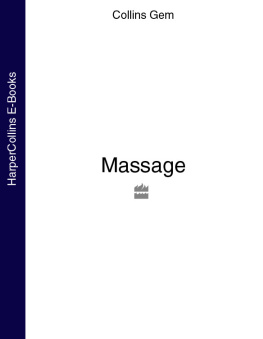
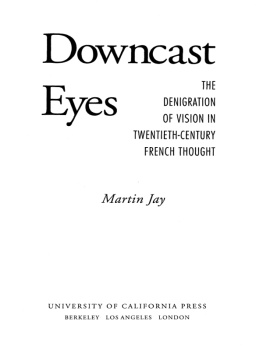
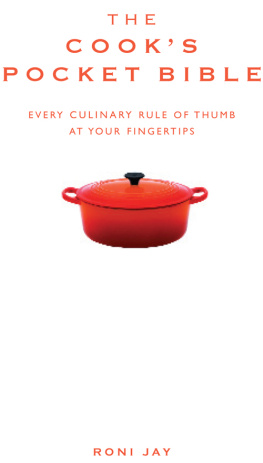
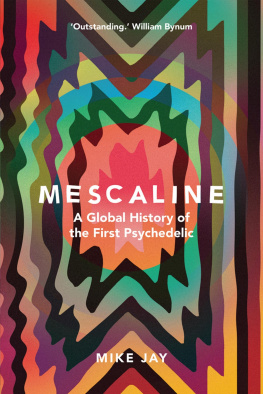

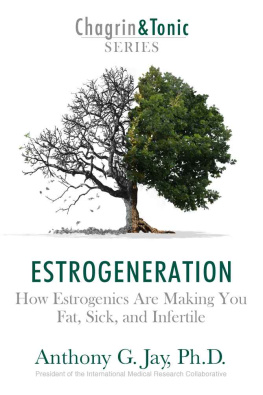
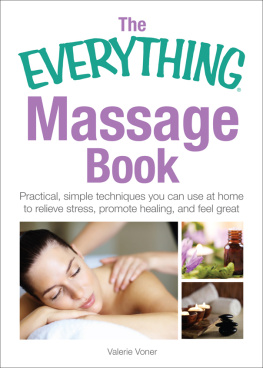
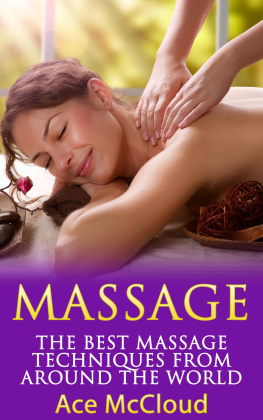

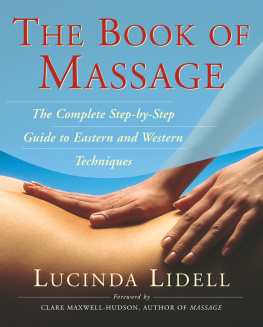
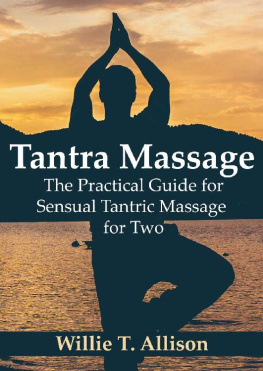
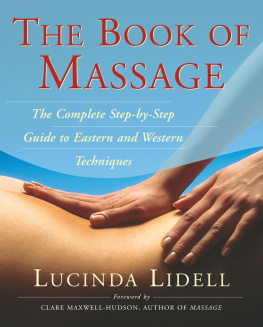
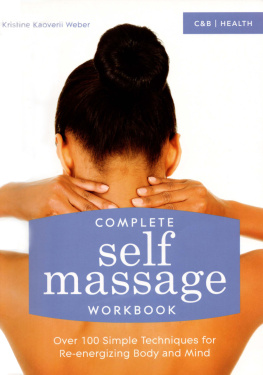
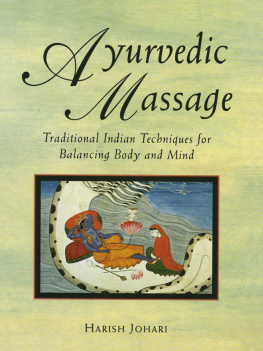
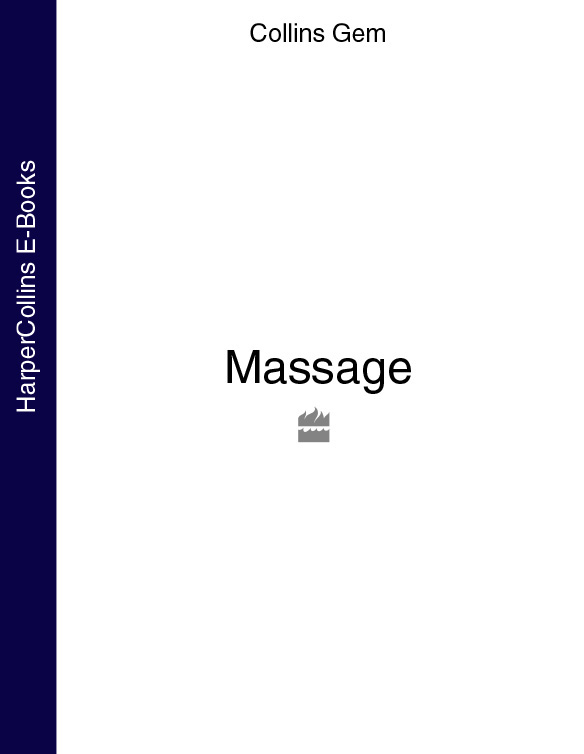

 These numbers which appear on the pictures refer the reader to corresponding numbered instructions in the text.
These numbers which appear on the pictures refer the reader to corresponding numbered instructions in the text.